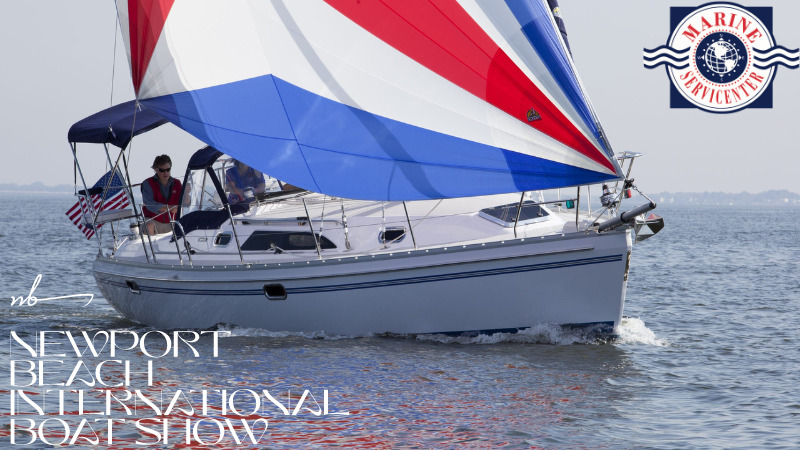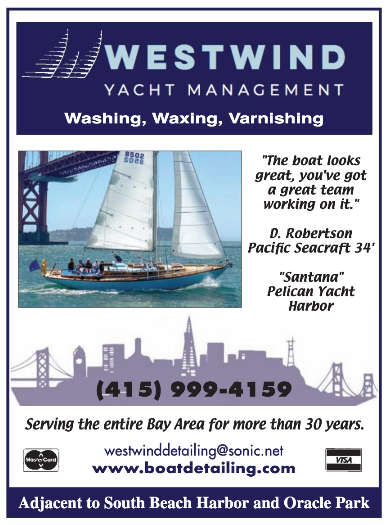
2024 PCCSC Open Team Championship Crosses Tacks With the ‘Robert G. Brownlee’
On Saturday, April 13, while many of us were snugged up with a hot drink avoiding the rainy weather, college sailors were competing in the Pacific Coast Collegiate Sailing Conference’s [PCCSC] Carter Ford Open Team Race Championship in Redwood City. (The previous weekend Redwood City saw teams competing in the High School Northern League Championships.) Hosted by Stanford University produced epic sailing action, and an encounter with the Marine Science Institute’s research and education vessel, the 90-ft Robert G. Brownlee, which maneuvered away from the dock and into the race field. Bay Area sailor and all-around watersport aficionado Bryan McDonald shared a wrap-up of the day’s events.
“It was an epic day in the Redwood Creek,” Chris Kevlan of Stanford Sailing wrote on social media. “A unusually consistent southerly maintained all day at 5-15 knots. 63 races were sailed, completing the triple round of 7 [sic], and the regatta found totality all in one day.
“Big thank you to ChUmp [Chief Umpire] Bryan McDonald and his crew, Don Wieneke, Paul Zupan, Mathew Hogan and Clark Url, who kept the competitors honest, cracked jokes, moved marks, and towed RC boats.
“Stanford won the day and the regatta with an 18-0 record. Congrats to all the PCCSC teams who endured an odyssey of a day.”
Along with umpiring the regatta, Bryan McDonald managed to capture the action as the Robert G. Brownlee made her mid-race appearance.
“Great day of sailing,” Bryan writes. “We pulled off a two-day regatta in one day as the breeze was on from the south/southeast and excellent for team racing (as well as building a bit for the teams that love breeze to thrive). Chillier conditions than normal for this time of year, rainy at times but fun was had by all.”
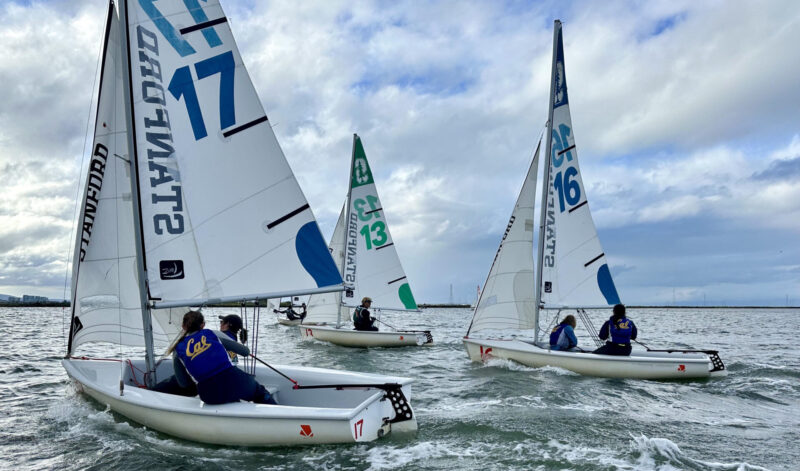
“Heading from mark 2 to mark 4 in a team race is the downwind leg. While heading downwind in a lovely southerly, imagine looking toward your left and seeing the massive, close to 100-ft Robert G. Brownlee heading toward you,” Bryan recounts. “This is exactly what happened yesterday at 1 p.m. as Stanford had a 1/2/3 lead over their opponent, Cal Maritime Academy. Stanford’s first-place sailor was so far ahead that she easily crossed ahead of the Brownlee after passing mark 4 on the way to the finish line,”
The Brownlee was leaving Redwood City turning basin and heading into San Francisco Bay, her path leading right into the race field.
Bryan continues. “No bother, the Brownlee tooted her horn, [and] the second-place racer paused at mark 4 for a few seconds to allow the Brownlee to pass before continuing to race (without losing her second-place position) :).
“While the notion of a vessel the size of the Brownlee does not really fit into the middle of a championship race, the sailors figured it all out, the Brownlee nimbly glided through the race course as the racing continued toward the finish line, with Stanford retaining her original lead of 1/2/3 to the finish line, not only winning that race but … undefeated for the entire regatta, which earns her a berth in the collegiate sailing national championships coming up in a few weeks.”
“Speaking of national champions,” Bryan adds, “Stanford are the reigning national champions, after their women’s team took the open championship for the first time in college sailing history. An amazing feat to be sure (and that’s All-American Hannah Freeman driving, along with her crew, Sophie Fisher, who is also a skipper and was the PCCSC Women’s Skipper of the Year [2022-23], in boat 12, both members of the 2023 championship team … so, if you want to sail fast, just watch how they do it :))
“Many thanks to Stanford for hosting, and my fellow umpires for staying on the water nonstop from about 10:30–6:30.”
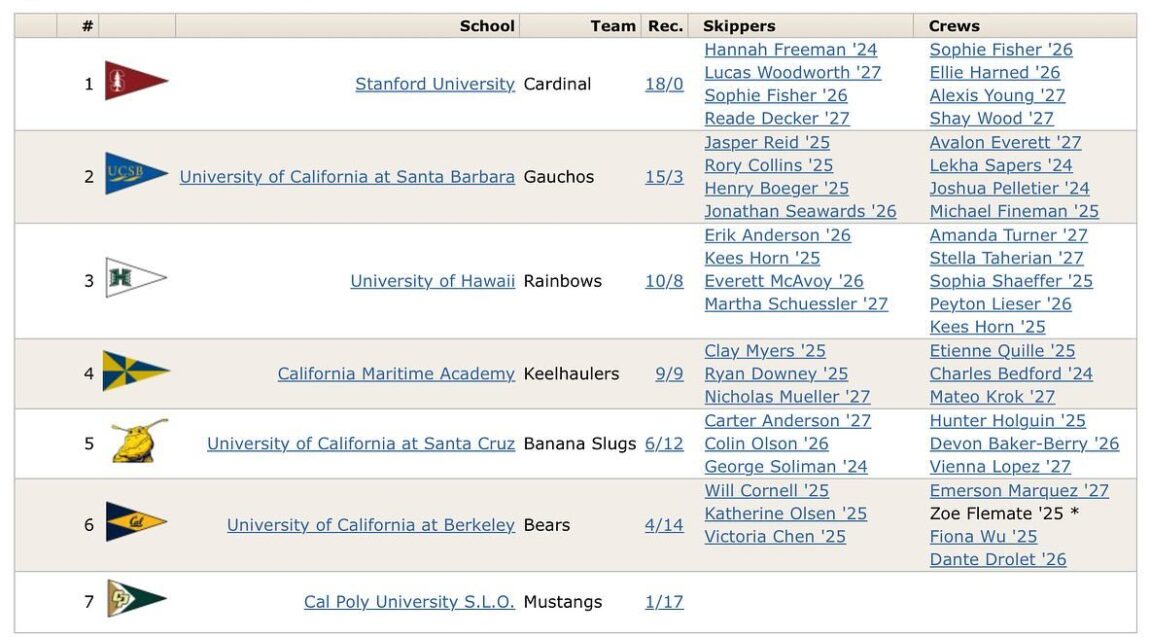
Bryan adds a note on the Brownlee. “If you have sailed in the Redwood City turning basin in the past generation, you’ll instantly recognize the Robert G. Brownlee, as she’s a fixture of that area. In case you did not know, the Brownlee is a lovely research vessel for students of all ages to experience marine life up close and personal as she brings classes out into San Francisco Bay almost constantly, for observations and all things marine science.”
Newport Beach Boat Show: More Than Just Powerboats. It’s a Treat for Sailors Too
The Newport Beach Boat Show is underway, and the docks are buzzing with excitement as sailors and powerboaters gather to see what’s new, catch up with old friends, and explore the multitude of products and gadgets, and boats, available to today’s mariners. Yesterday’s VIP preview gave us a taste of what’s to come, with the Newport Beach waterfront bustling with anticipation.
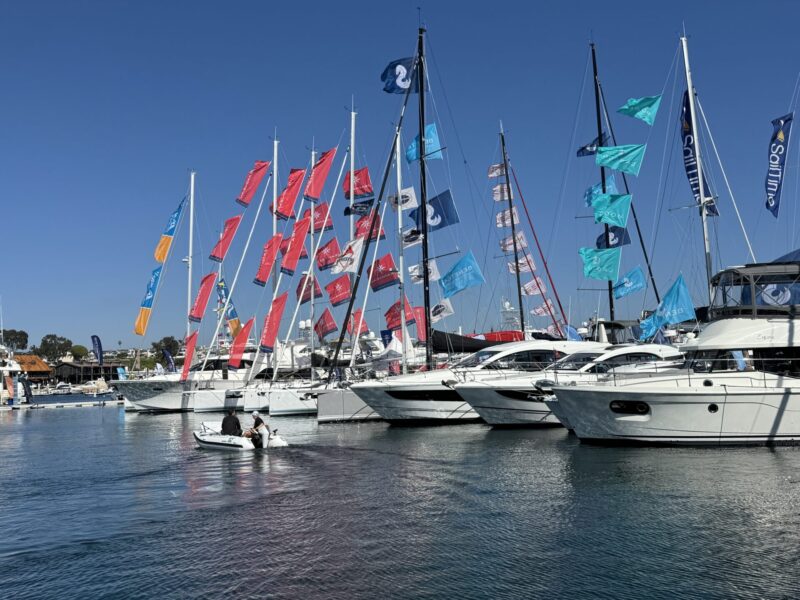
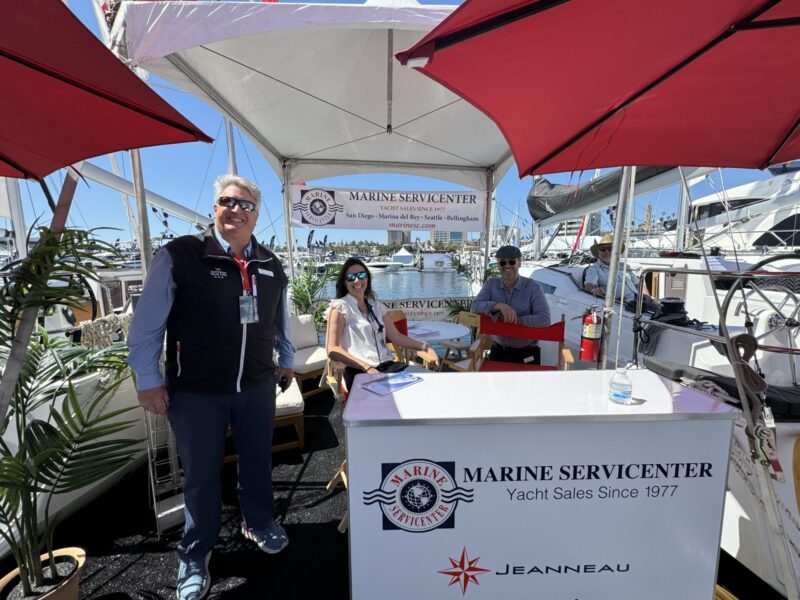
While Southern California may be known for its powerboat scene, this year’s show has plenty for sailors. Denison Yachting, Naos Yachts, Cruising Yachts, Marine Servicenter, Seattle Yachts, and South Coast Yachts have brought their best vessels, showcasing the latest in sailing innovation and design.
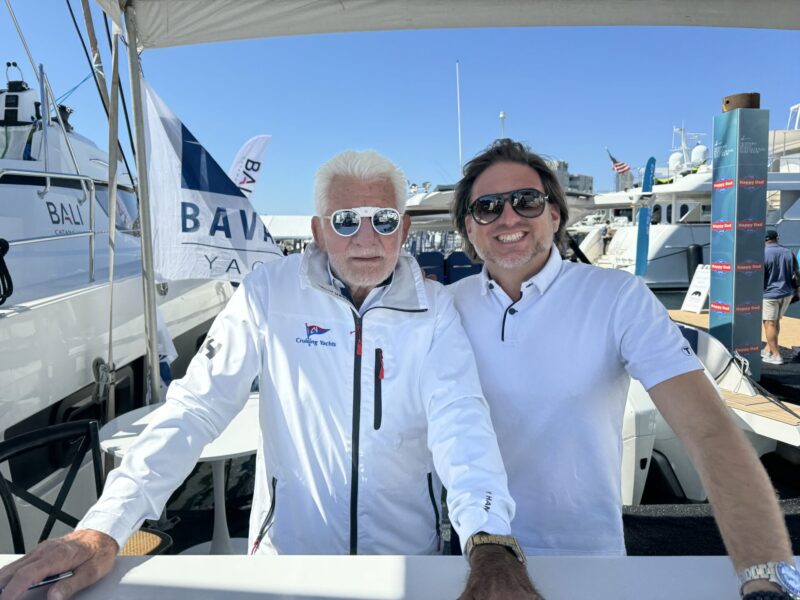
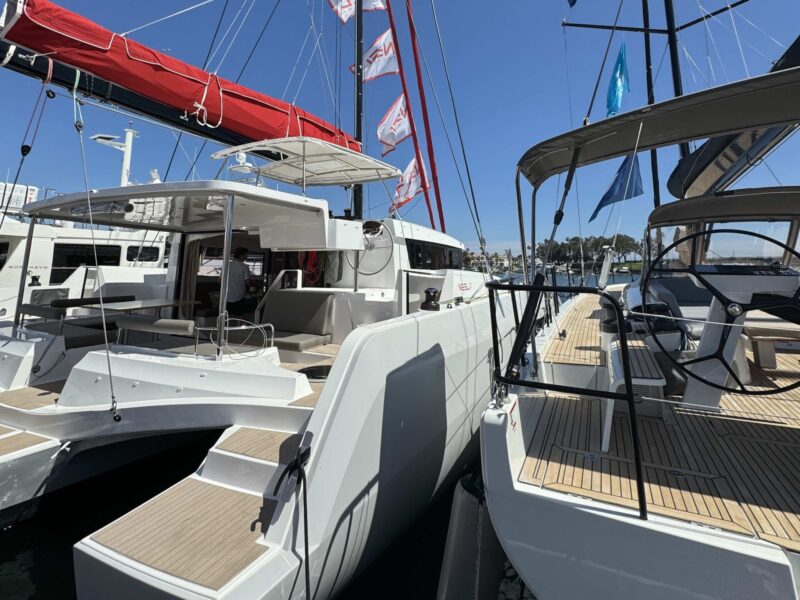
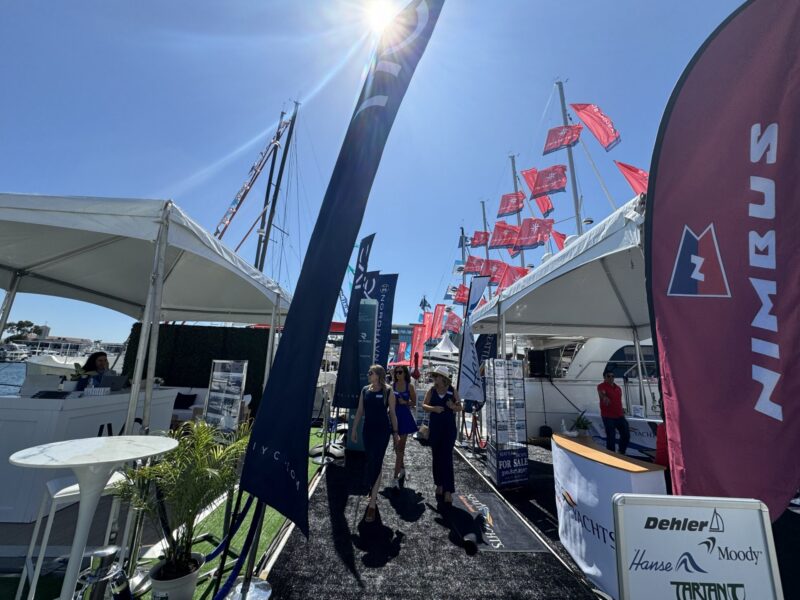
The show features the latest models from Jeanneau, Catalina, Dufour, XS, Bali, Beneteau, Lagoon, Bavaria, and NEEL Trimarans. Whether you’re a seasoned sailor or just browsing, it’s a chance to check out the finest vessels while enjoying the Newport Beach waterfront.
The show is on from 10 a.m. to 7 p.m. today and Saturday, and 10 a.m. to 5 p.m. Sunday. It’s shaping up to be a great weekend. Our amazing shipmate and marketing magician Nicki Bennett is at the show, representing the Latitude 38 team. If you see her, stop for a chat. She’s a great sailor and good person all around.
Full show details here: Newport Beach International Boat Show
Come See 2024 Catalina 355 at the Newport Beach Boat Show — This Weekend Only!
Come visit Marine Servicenter at the Newport Beach Boat Show this weekend! Featuring exclusive show specials on stunning 2024 Jeanneau and Catalina sailboat models! Contact us for free tickets at 619-733-0559 or [email protected]!
The Resourceful Sailor Talks Whisker Poles — the Good and the Better
The Resourceful Sailor, a late bloomer to whisker poles, reflected on their role aboard Sampaguita, a 1985 Pacific Seacraft Flicka 20. Sampaguita travels with two whisker poles. One, 9-ft 6-in long with a 3-in diameter, came with the boat, and one, 8-ft long with a 1.5-in diameter, was purchased for $20 from the local marine thrift store, shortly before my leaving on the present voyage from Port Townsend, WA, to La Paz, Mexico.
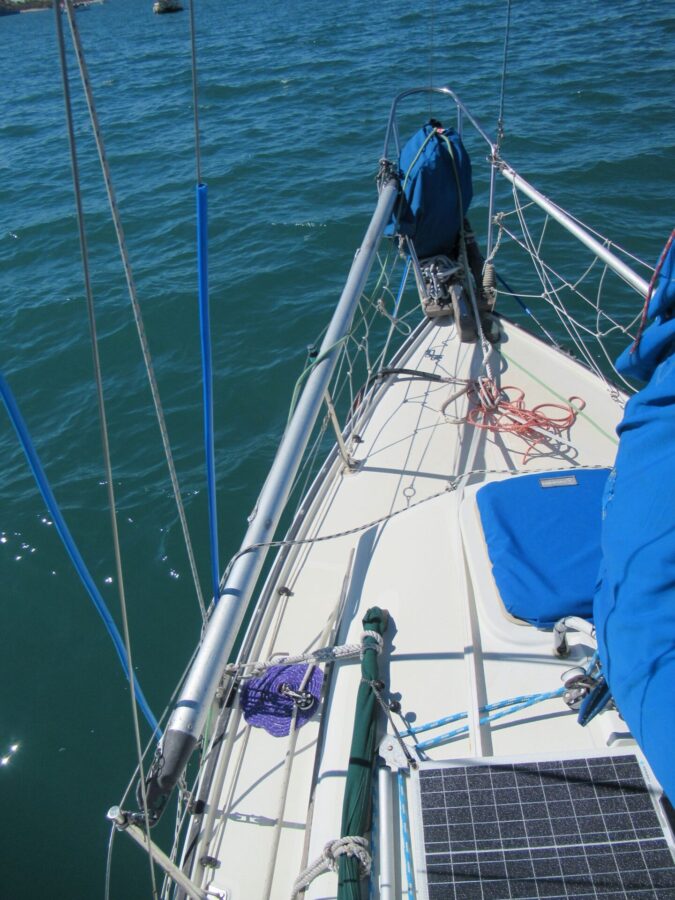
I rebuilt the larger one when I was refitting the other spars on Sampaguita. It entailed changing out the corroded control lines and replacing them with Dyneema, removing all the fasteners and end pieces, inspecting, cleaning, lubricating, Tef-Gelling, and reassembling them. Less time and energy were put into the thrift-store pole because it was still serviceable, its place and function on the boat were unknown, and at $20, there was little expectation of it. From my experience working foredeck on the Thunderbird one-design racing fleet in Port Townsend and flying a spinnaker with similar-sized poles, I had heard tales of their breaking. They can flex alarmingly under that load. It was an opportunistic purchase and meant as a backup for the original spar.
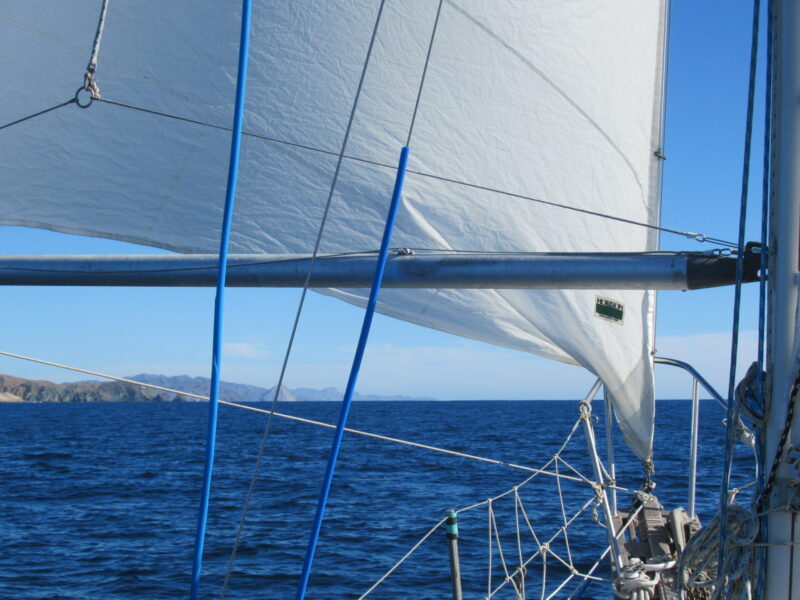
As it turns out, both poles have their function on the boat, and the second-hand pole has turned out to be one of the best-spent $20 aboard. Sampaguita has a gennaker, often called a cruising spinnaker, rather than a true spinnaker. I inherited this sail when I purchased the boat in 2013, so to thwart debate on the advantages and disadvantages between the two, let’s say the best spinnaker is the one you already own. As a singlehander, I find the gennaker a simple sail to set and douse. Fortunately, it doesn’t require a pole because neither of my poles is long enough to accommodate it. And if I had a longer pole, Sampaguita herself hasn’t enough space to accommodate that. For the true spinnaker enthusiasts, I recognize the gennaker is more of a reaching sail than a downwind one.
It turns out that Sampaguita’s Windpilot self-steering windvane loves to sail her dead downwind, which was a pleasant surprise. Therefore, I can use the poles on Sampaguita’s various hank-on headsails, either reaching or wing and wing, or as the Chileans put it, and a lot more fun to say, orejas de burro (donkey ears). The shorter pole works well with the 100%, 80%, and storm jib. Because a Flicka 20 sails like an overweight, full-keeled dinghy, the forces on the sails are nothing like what you experience on cruising and racing boats of a larger size. Having sailed over 3,700 miles this past year from Port Townsend to La Paz, Mexico, with hundreds of miles of it using this pole, I have never seen it bend. What was purchased as a throwaway replacement has turned into a steadfast workhorse. And this pole is so light and easy to put up and take down, with no dread or hesitation.
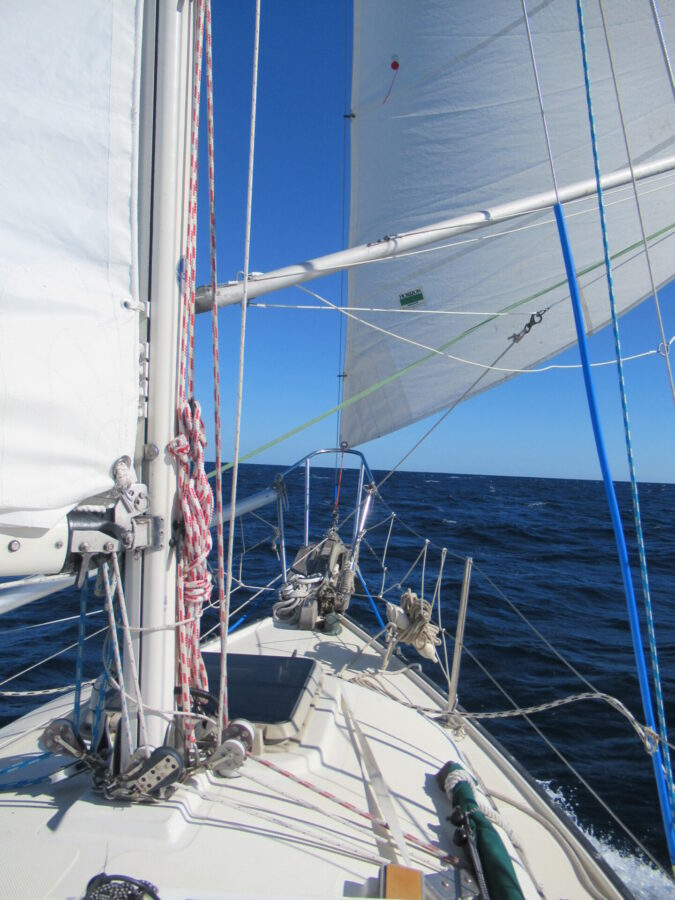
The 140% genoa and 140% drifter use the longer pole. It is a little short for both, but as mentioned before, Sampaguita cannot practically accommodate the storage of anything lengthier, and the best pole is the one you have. This pole is just long enough that I can make it work. It is, however, noticeably heavier and more awkward to handle on the foredeck. Breaking the hatch or falling overboard seem more likely when handling this pole. It, therefore, incurs a slight bit more hesitation when pondering its use.
The Resourceful Sailor has learned through life that practicality and affordability rarely offer perfection. He nurtures his resourcefulness and makes do with what he can have. The pole that came with Sampaguita saw rare use until the last couple of years due to a lack of practice, intimidation, and less need for sailing on inland waters. With new sails, new experiences, and new sailing waters, the poles are a requirement. A spare seemed like a requirement, but the cost of a new one was prohibitive. The second-hand option was a shot in the dark, but one that appeared to be spot-on. Or at least close enough for a kill. The sea state of an ocean demands the use of whisker poles. You often won’t have enough wind to keep the sails full as you roll, yaw, and pitch. Without them, your sails will deteriorate quickly, while the boat goes nowhere. Remember, keep your solutions safe and prudent, and have a blast.
What are your pole solutions and compromises? Please feel free to spread the word below, and thanks for reading.
When in Traffic, Do You Feel Nature Calling?
We got through the thick traffic in the Oakland maze, wondering how, if “everyone” is working from home, there can be so much traffic. When finally crawling up Interstate 80 East we looked out and saw boats sailing out of the Cal Sailing Club and started thinking again, how do we get out there? And what’s out there? We think of it as nature calling. Since you’re reading here, you probably have been out there and know why it’s a far better alternative than I-80.
As summer is coming, we’re sharing a few photos of nature to remind you of what’s available to those aboard a boat on the Bay. It’s often less than a mile from where you’re sitting in traffic.
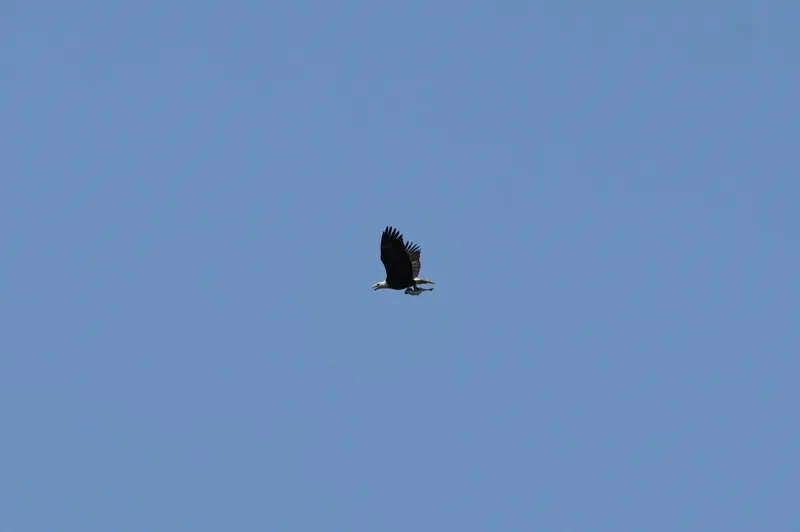
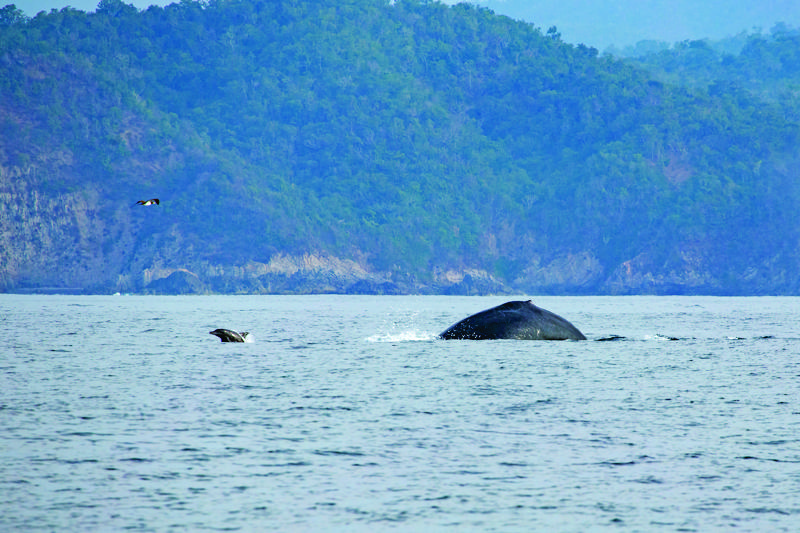
One of the great things about sailing north toward Drake’s Bay is seeing all the whales. One time while heading north we saw whales so frequently we found ourselves getting a little jaded, as if we were seeing another deer in the backyard. Sometimes there can be quite a crowd.
Speaking of Drake’s Bay, we recently finished reading the Secret Voyage of Sir Francis Drake by Samuel Bawlf, which made clear to us once again that scholars agree: Sir Francis Drake never visited California. In this book, he also came off as one of the most honorable privateers, who practiced generosity and respect for the Indigenous people he visited on his circumnavigation. He did steal gold and silver from the Spanish, but he was not the murderous sort.
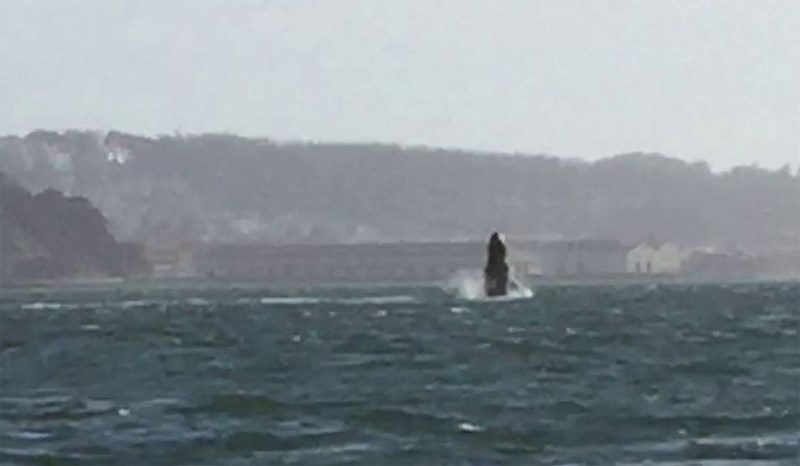
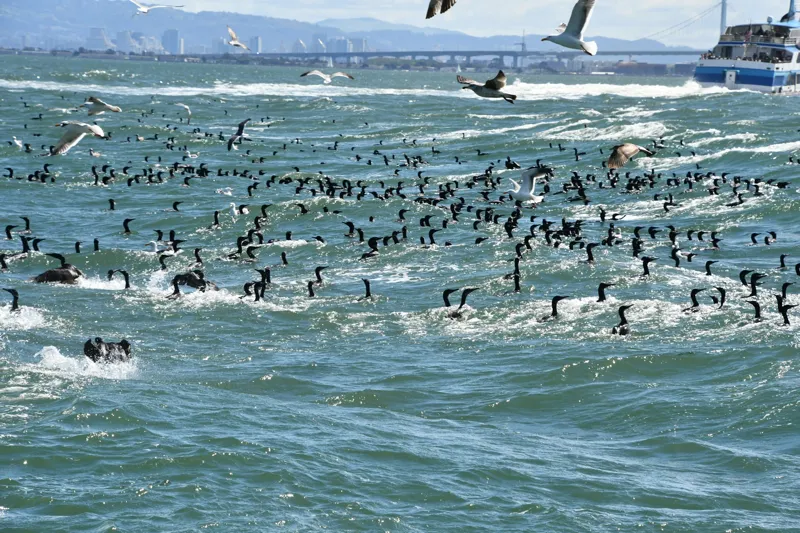
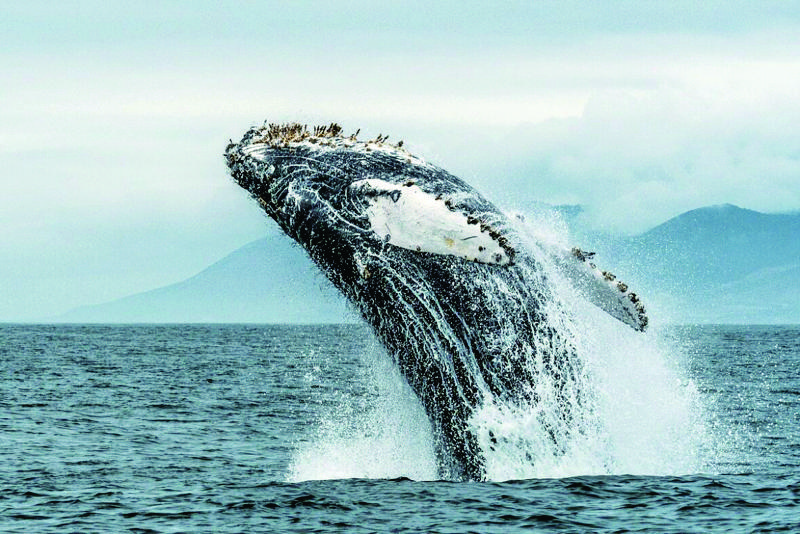
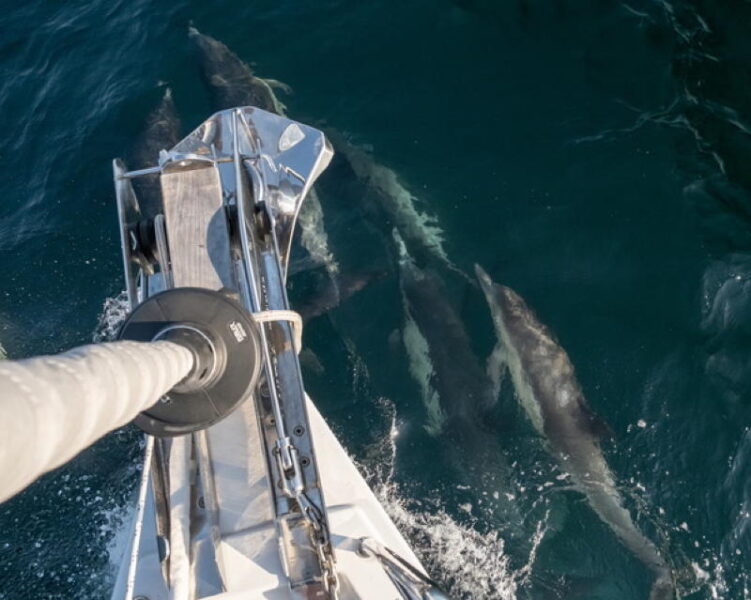
Harbor porpoises had vanished from the Bay for decades but are now incredibly common. However, they are camera-shy and we’ve never managed to get a good shot of them.
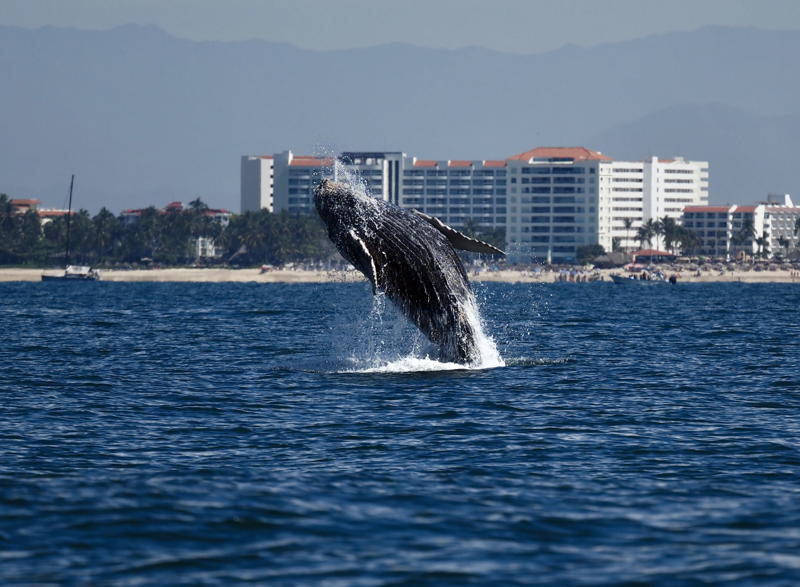
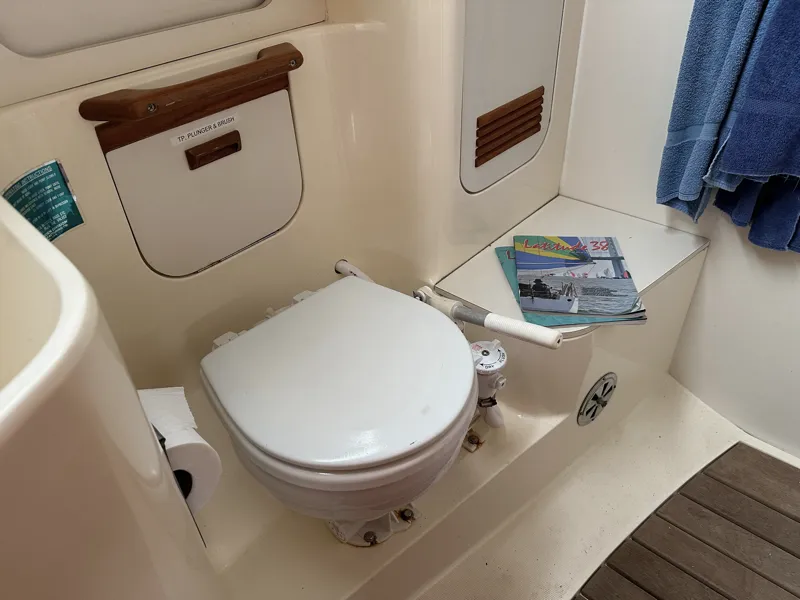
We really wonder: If all companies successfully got employees to agree to return to the office, would anyone actually get there? It’s really not that being in an office is bad, it’s the traffic getting there that’s the problem.
It looks like a sunny weekend ahead and a great time to heed the call of nature and get your boat on the Bay.
You can sell your boat or buy a boat for this summer in our Classy Classifieds here.
Westwind Yacht Management — Washing, Waxing and Varnishing
Westwind Yacht Management: Premiere Yacht & Fleet services for the San Francisco Bay Area.

